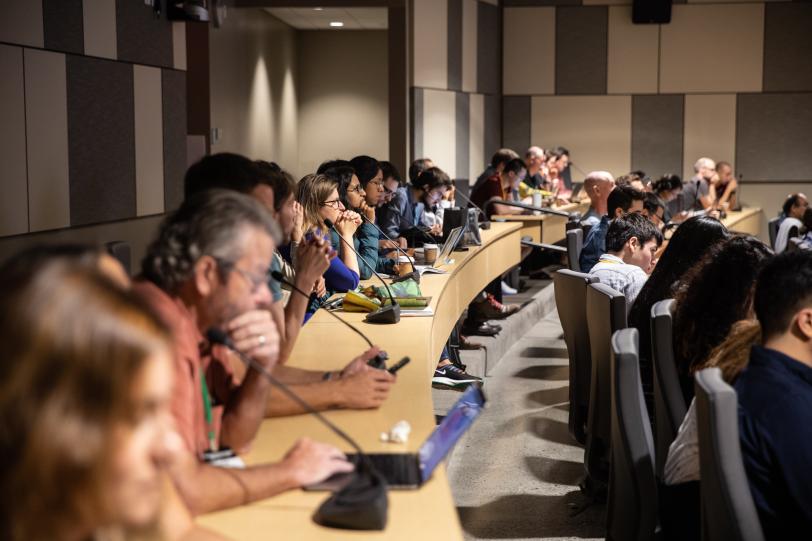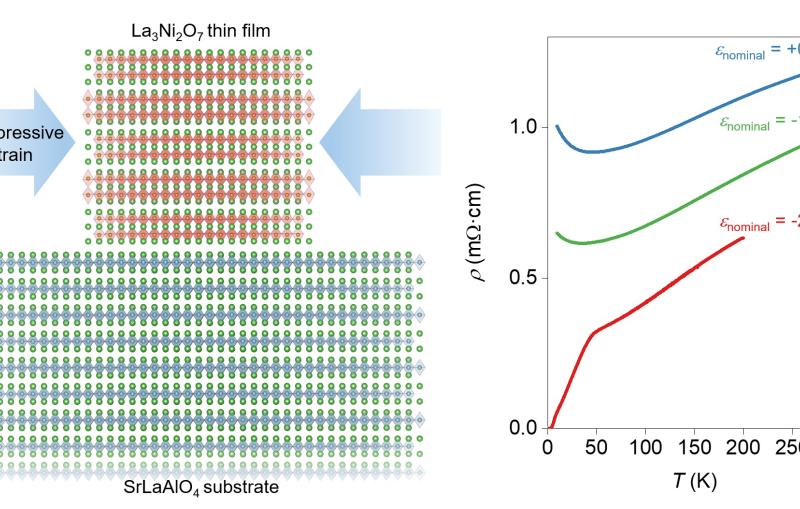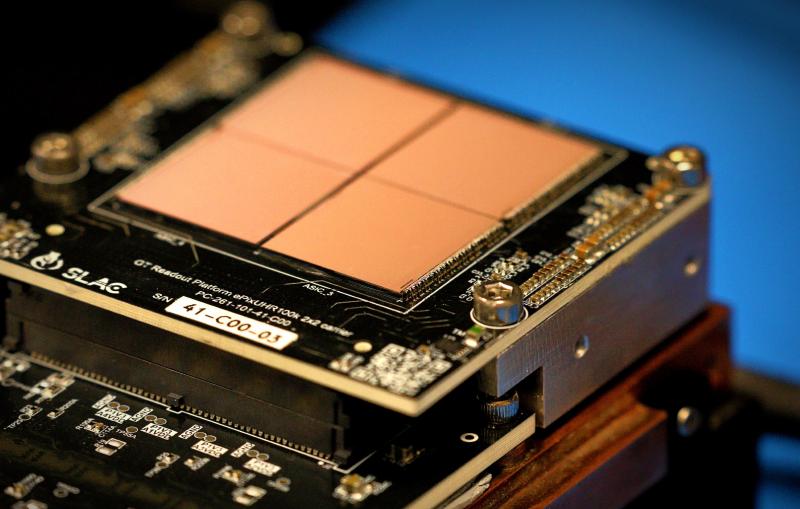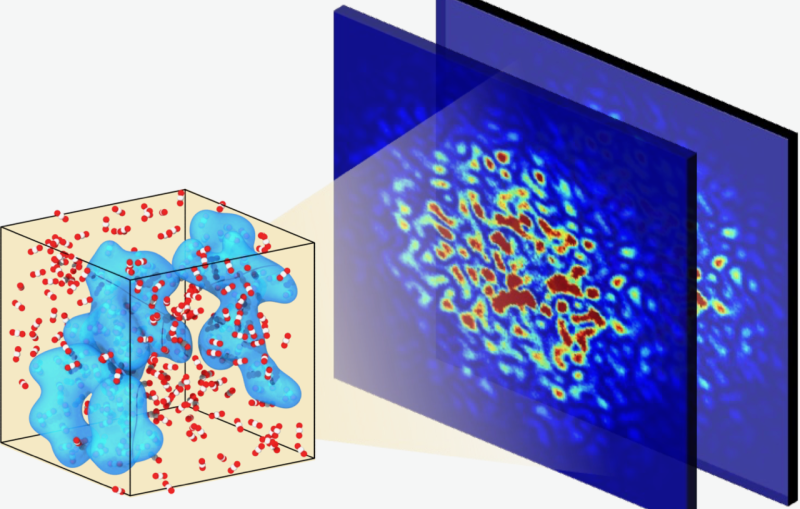Slideshow: 2019 SSRL/LCLS Users’ Meeting
The annual conference for scientists who conduct research at SLAC’s light sources engaged about 350 researchers in talks, workshops and discussions.
By Ali Sundermier
About 350 researchers gathered at the Department of Energy’s SLAC National Accelerator Laboratory Sept. 24-27 to attend talks and poster sessions, participate in workshops and engage in discussions involving the lab’s X-ray light sources.
The events were part of the SSRL/LCLS Annual Users' Meeting – which invites researchers who conduct experiments at the Stanford Synchrotron Radiation Lightsource (SSRL) and Linac Coherent Light Source (LCLS) to learn more about current and future capabilities as well as the latest scientific research at these facilities – and the 7th High-Power Laser Workshop, where scientists discussed research enabled by the Matter in Extreme Conditions instrument at LCLS.
As DOE Office of Science user facilities, SSRL and LCLS are open to scientists around the world for experiments that use extremely bright X-rays to probe matter and processes, shedding light on everything from battery materials to the interiors of planets and stars.
The LCLS Young Investigator Award, William E. and Diane M. Spicer Young Investigator Award, Melvin P. Klein Scientific Development Award and Farrel W. Lytle Award were presented at the meeting.
The 2019 meeting organizers were Roseanne Sension of the University of Michigan, vice chair of the LCLS Users Executive Committee (UEC); Tim Stemmler of Wayne State University, vice chair of the SSRL UEC; and SLAC scientists Sergio Carbajo and Makoto Hashimoto.
Contact
For questions or comments, contact the SLAC Office of Communications at communications@slac.stanford.edu.

About SLAC
SLAC National Accelerator Laboratory explores how the universe works at the biggest, smallest and fastest scales and invents powerful tools used by researchers around the globe. As world leaders in ultrafast science and bold explorers of the physics of the universe, we forge new ground in understanding our origins and building a healthier and more sustainable future. Our discovery and innovation help develop new materials and chemical processes and open unprecedented views of the cosmos and life’s most delicate machinery. Building on more than 60 years of visionary research, we help shape the future by advancing areas such as quantum technology, scientific computing and the development of next-generation accelerators.
SLAC is operated by Stanford University for the U.S. Department of Energy’s Office of Science. The Office of Science is the single largest supporter of basic research in the physical sciences in the United States and is working to address some of the most pressing challenges of our time.






